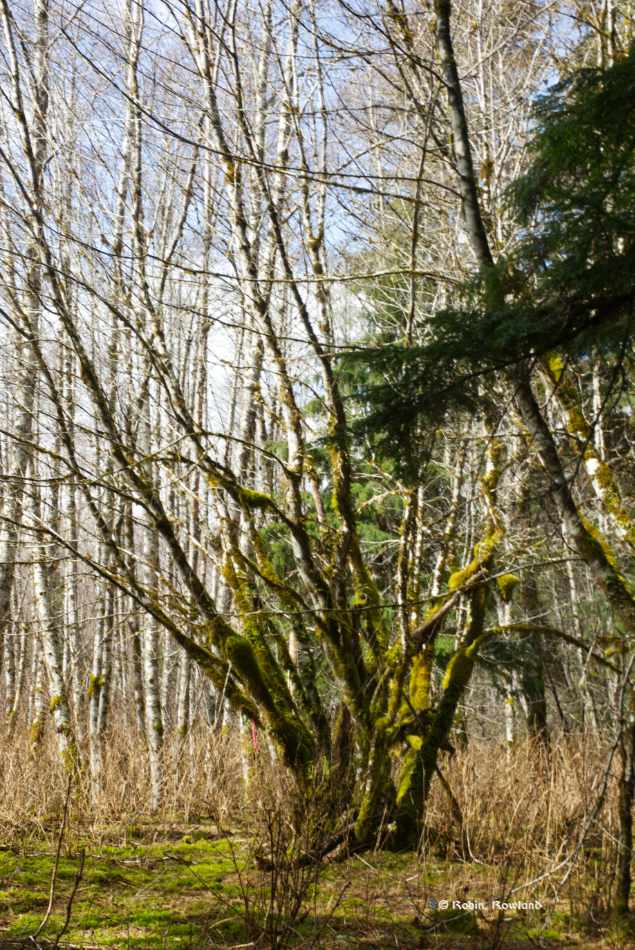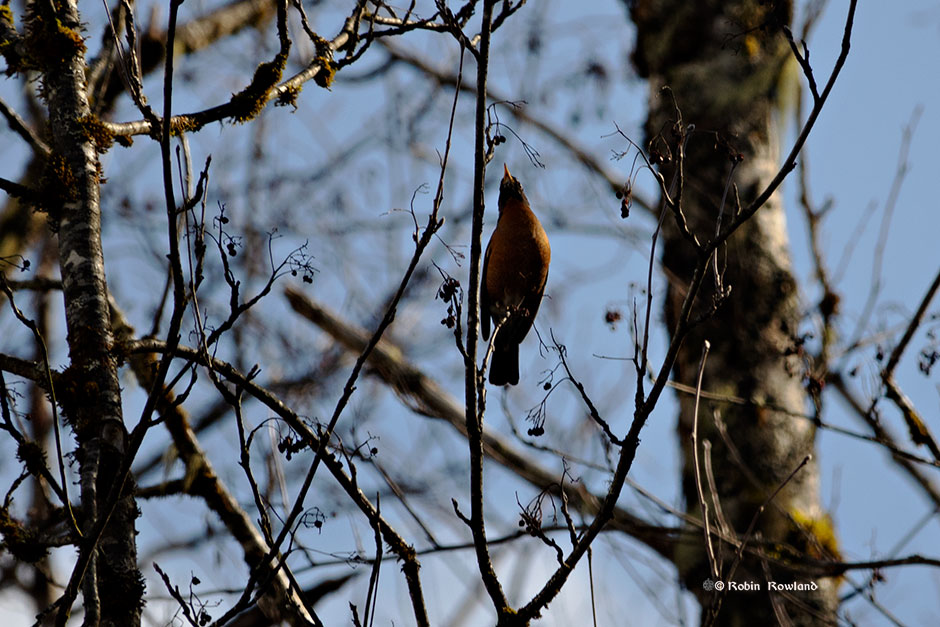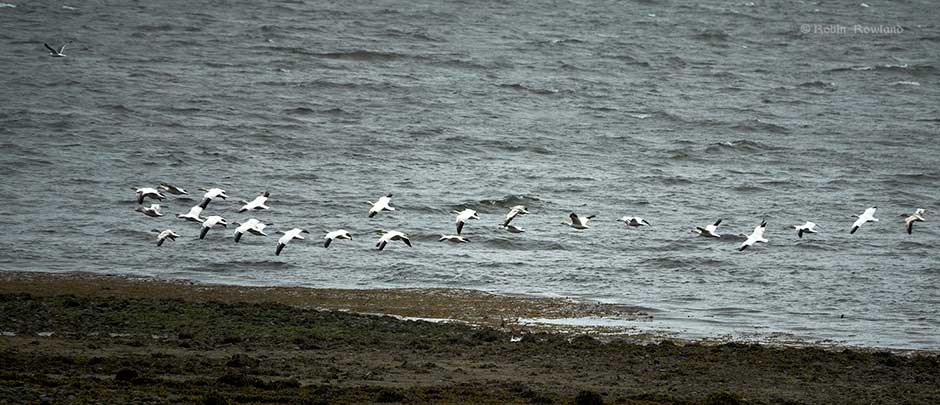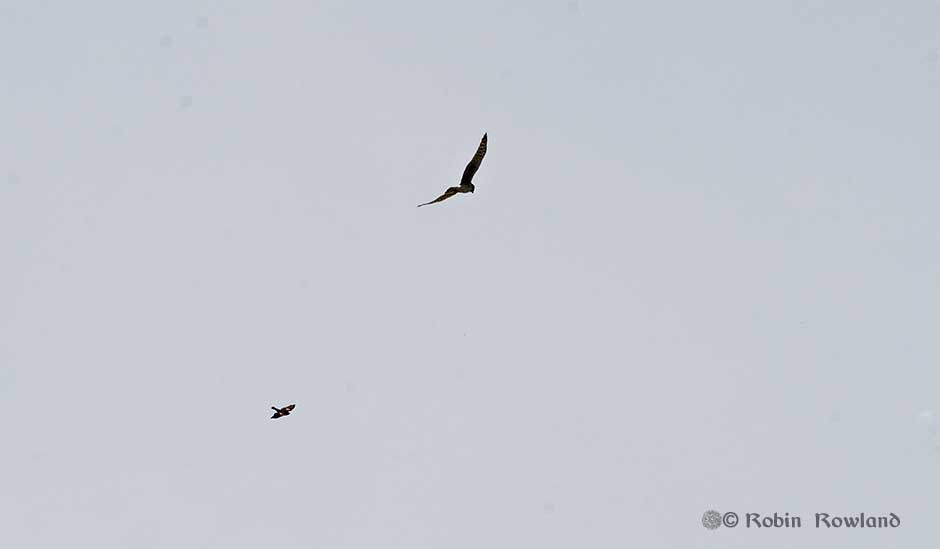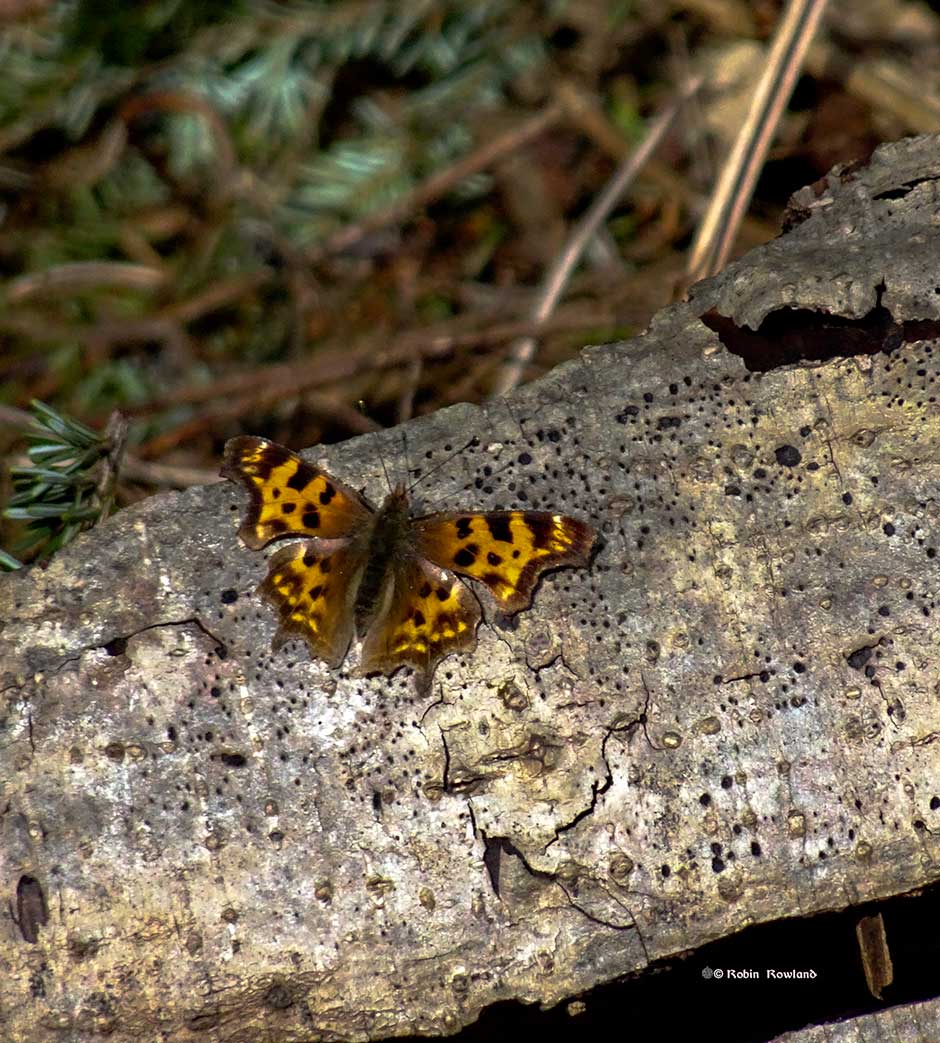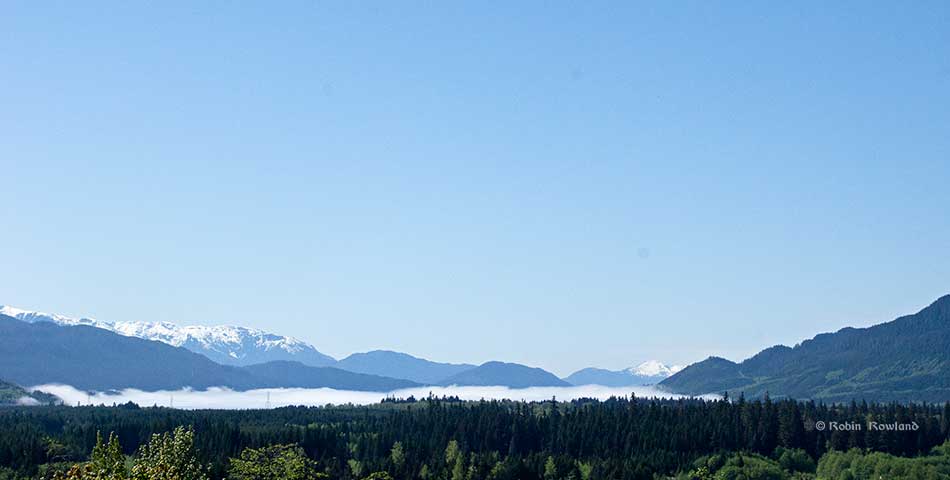Spring hike in old growth Kitimat River Provincial Park
On April 6, I took a spring hike in Kitimat River Provincial Park Kitimat River Park protects two parcels of small but highly productive old-growth Sitka spruce and red cedar forest on the natural floodplain and fluvial terraces of the Kitimat River. It also protects grizzly bear habitat and culturally modified trees The hike was […]
